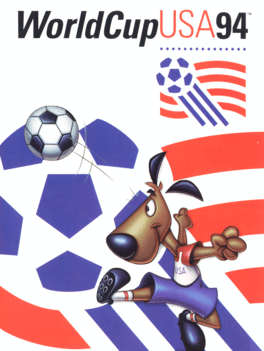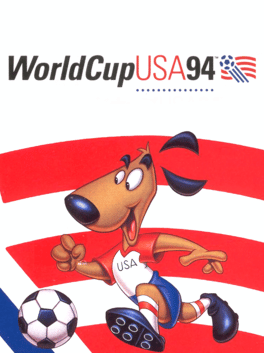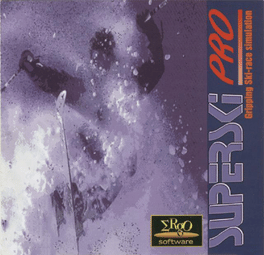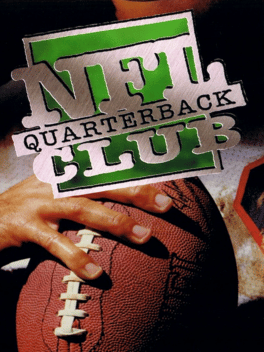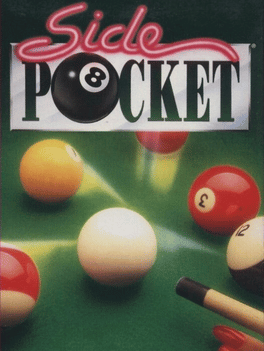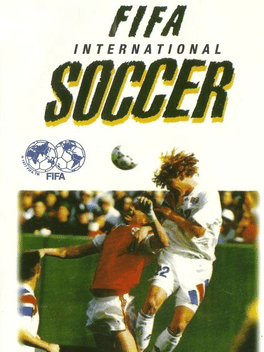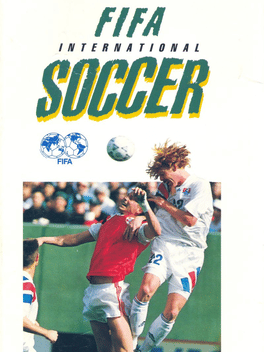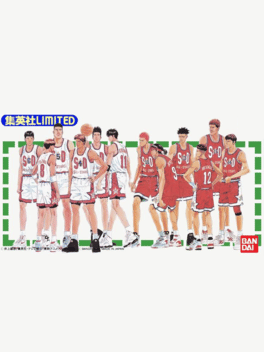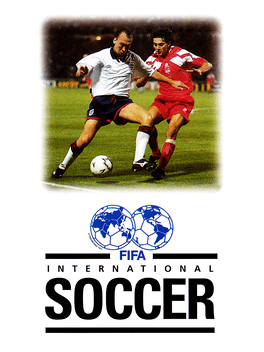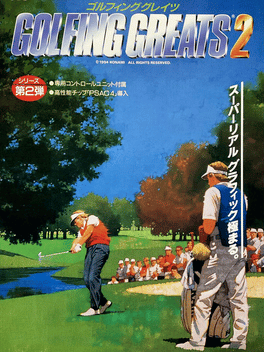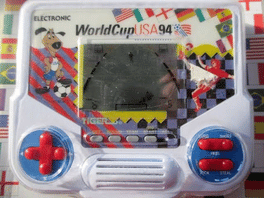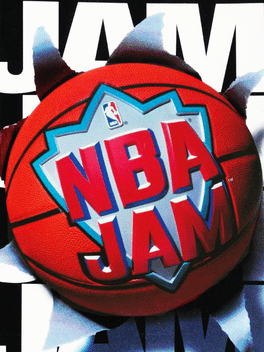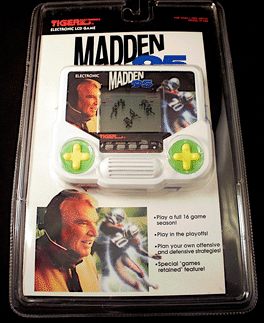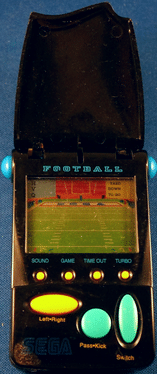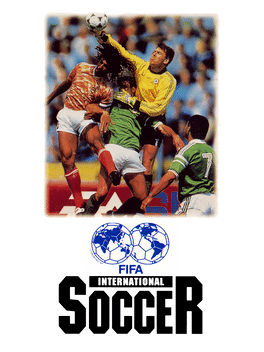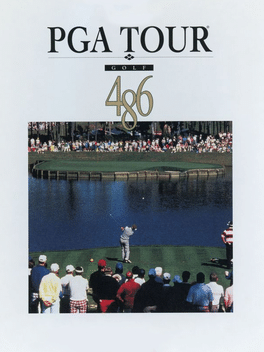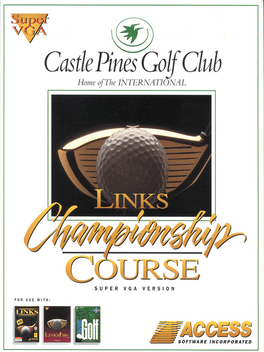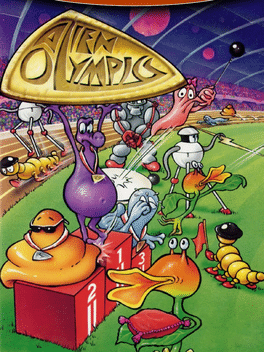New Sport Games - Page 183
-
World Cup USA 94
1994
-
World Cup USA 94
1994
-
Slam City with Scottie Pippen
1994
Enhanced port of Slam City with Scottie Pippen for the Sega CD 32X. -
SuperSki Pro
1994
SuperSki Pro
1994
SuperSki Pro is a game of winter Olympic sports, successor of SuperSki II. Players can choose one the few game modes (Training, Competition, Championship mode 1 or mode 2), level of difficulty and one of six winter sports events: Downhill, Giant Slalom, Slalom, Snowboard, Snowboard Slalom, Ski Jump (in the CD-ROM versions, there is a seventh discipline: Bobsleigh). Players may use different skiing gear, one of 4 routes, play against a computer player. All events show the player from behind, except Ski Jump where the camera follows the jumper. In competitions mode, players will have to climb from the amateur league to the top professional league before having a chance fighting for the cup. -
NFL Quarterback Club
1994
-
Side Pocket
1994
-
FIFA International Soccer
1994
Enhanced port of FIFA International Soccer for the 3DO. Based on international teams (with fictional player names), their abilities in each skill area rated out of 10 to give the player an overall impression of how good they are. The options available follow the standard set: fouls and offsides can be toggled on and off, the match length can be set, and if the timer operates continuously, or only while the ball is in play. Gameplay privileges quick runs, short passes and blistering shots outside the penalty box, and set pieces are controlled by moving a box into the target area for the ball, and then passed, lobbed or kicked directly. On the tactical side, formations can be selected, with 5 different strategies also available (although not all of these combinations make sense) as can the team Coverage - the areas which defenders, midfielders and strikers cover. -
Golfing Greats 2
1994
Golfing Greats 2
1994
Sequel to Golfing Greats, featuring similar gameplay and vastly improved graphics with 3D scrolling and panning. -
World Cup USA 94
1994
-
NBA Jam
1994
-
Madden 95
1994
-
Football
1994
Football
1994
The LCD game of Football is a Sega Sports-branded American football game created by Tiger Electronics. It was released as part of the Pocket Arcade series in 1994. Tiger Electronics has released many American football games, including Electronic Football, Bo Jackson's Football, Electronic John Elway's Quarterback and Electronic Madden NFL 95. This Sega-branded version is currently thought to be a unique LCD game. -
Baseball
1994
Baseball
1994
The LCD game of Baseball is a Sega Sports-branded baseball game created by Tiger Electronics. It was released as part of the Pocket Arcade series in 1994. The game was re-released as Deion Sanders Baseball the following year, but aside from a title change and a different physical shell, the game is thought to be identical. -
FIFA International Soccer
1994
FIFA International Soccer: Championship Edition, known in-game and in North America simply as FIFA International Soccer is a Sega Mega-CD football game released as part of Electronic Arts' FIFA series. Despite its potentially confusing title, the game is an upgrade over the original FIFA International Soccer released for the Sega Mega Drive, with sixteen new teams, a CD soundtrack (and crowd chants), updated intros and a licensing deal with Adidas and its Predator boot, leading to new in-game moves (such as the ability to curve shots similar to Sensible Soccer). More modes were added and the computer AI was improved, and the overall pace of play is much quicker than the prior iteration. -
PGA Tour Golf 486
1994
PGA Tour Golf 486
1994
This is 1994's incarnation of the long-running PGA Tour series, this time the additions come mostly on the technical arena: new, better, graphics and sounds including videos and commentaries of all the courses, as well as 9 digitized PGA pros to play as or 55 opponents with whom to play against in the tournament. The courses in the game include the TPC at Summerlin, River Highlands, and Sawgrass with all their corresponding holes. Gameplay is practically unchanged from the previous series, with some small additions like sudden-death playoffs to decide ties for the lead, etc. in addition to being a much more difficult game. -
Links: Championship Course - Castlepines
1994
Links: Championship Course - Castle Pines Golf Club is a golf course add-on compatible with Links 386 Pro and Microsoft Golf. -
Alien Olympics
1994
Alien Olympics
1994
Alien Olympics is a wacky combination of track & field games and retro-arcade games that you play as an alien. There are 8 unique alien characters that you can choose and compete against. Each alien has different strengths and weaknesses. For example, Mr. Mune (a caterpillar-like alien) has many legs enabling him be very good at shooting events but also makes it difficult for him in racing events. You can either compete against a friend by sharing the keyboard or against the computer. There are a total of 15 different events to compete in and you have the choice of tackling a selected few, or going through the whole series. You also have the option of practicing first to get the hang of things.
